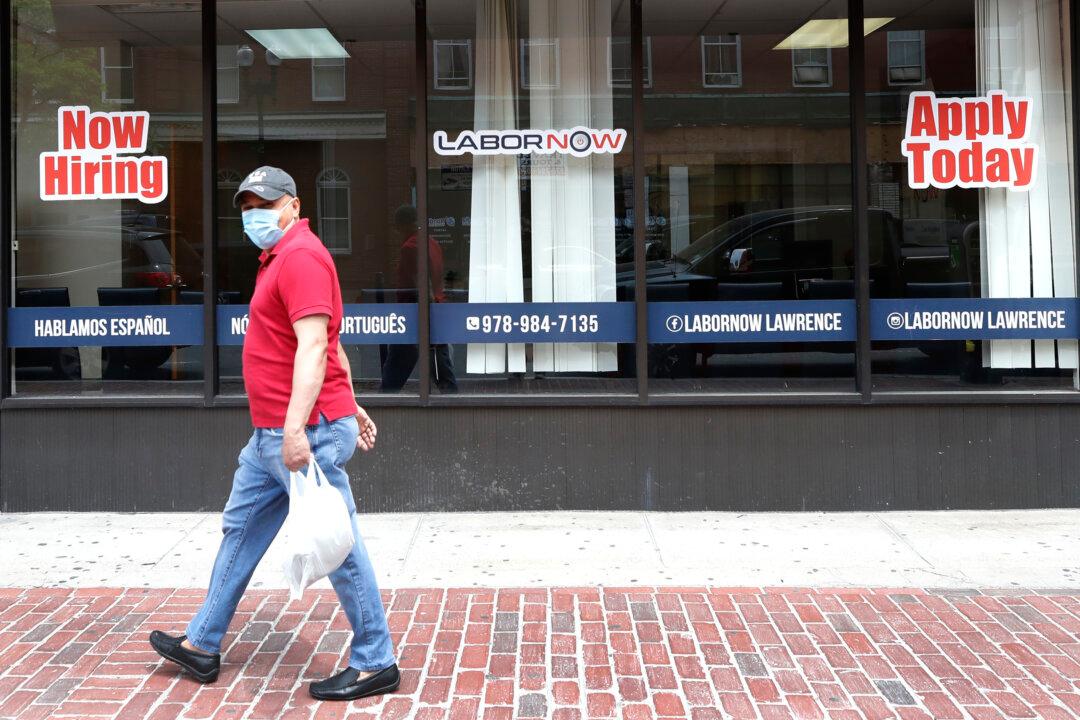The number of U.S. workers seeking unemployment benefits last week fell by 55,000, leaving initial jobless claims at historically elevated levels but flashing an encouraging sign that job losses have eased and the labor market recovery may be picking up steam.
The Labor Department’s jobless claims report, released Oct. 22 (pdf), showed that 787,000 Americans filed for unemployment claims for the week ending Oct. 17. Economists polled by Reuters expected 860,000 weekly filings, so the number is a surprise to the upside.





